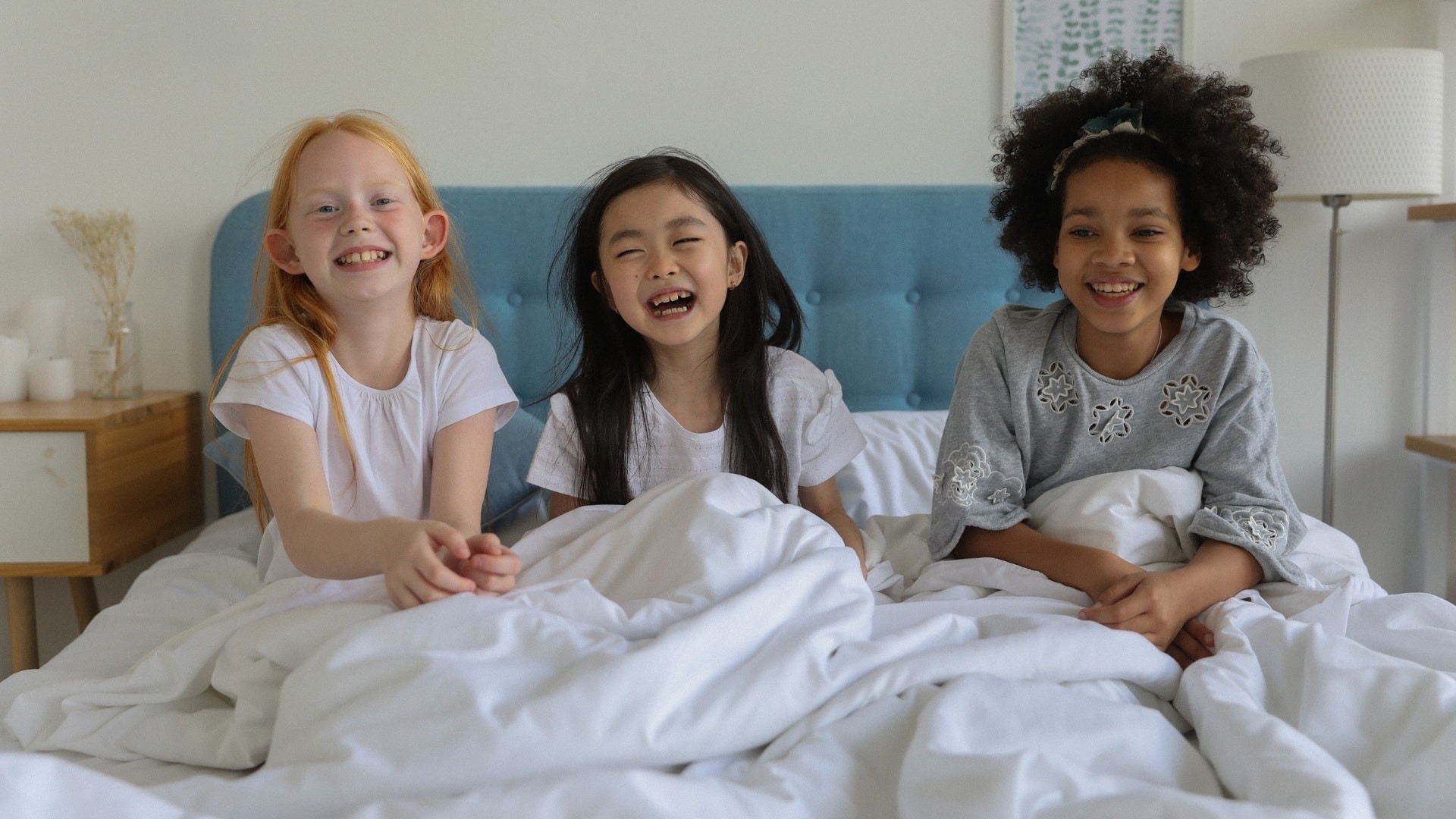

Bethan Girdler-Maslen
A good night’s sleep isn't just important for children’s development, it’s essential. Children’s bodies are still physically developing: toddlers, for example, can grow up to 1.5 cm in a single night. This means they need more sleep than adults; between 10 and 14 hours, depending on age. That’s because the body goes into ‘repair mode’ during this time, and so proper sleep is vital if your child is to develop healthy bones, muscles and joints.
It’s not just about physical growth, either. Studies have shown that when kids get good sleep it improves their behaviour, memory, ability to learn, and general mental and physical health. Not getting enough sleep, in turn, can lead to behavioural issues, child obesity, high blood pressure, and mental health problems.
Even if you get all these things right, though, an unsuitable mattress can still cause problems. The best kids' mattress isn't as simple as sizing down on one of the best mattresses for adults. To that end, here are the main things you need to consider when choosing the right mattress for your child.
1. Stage of life
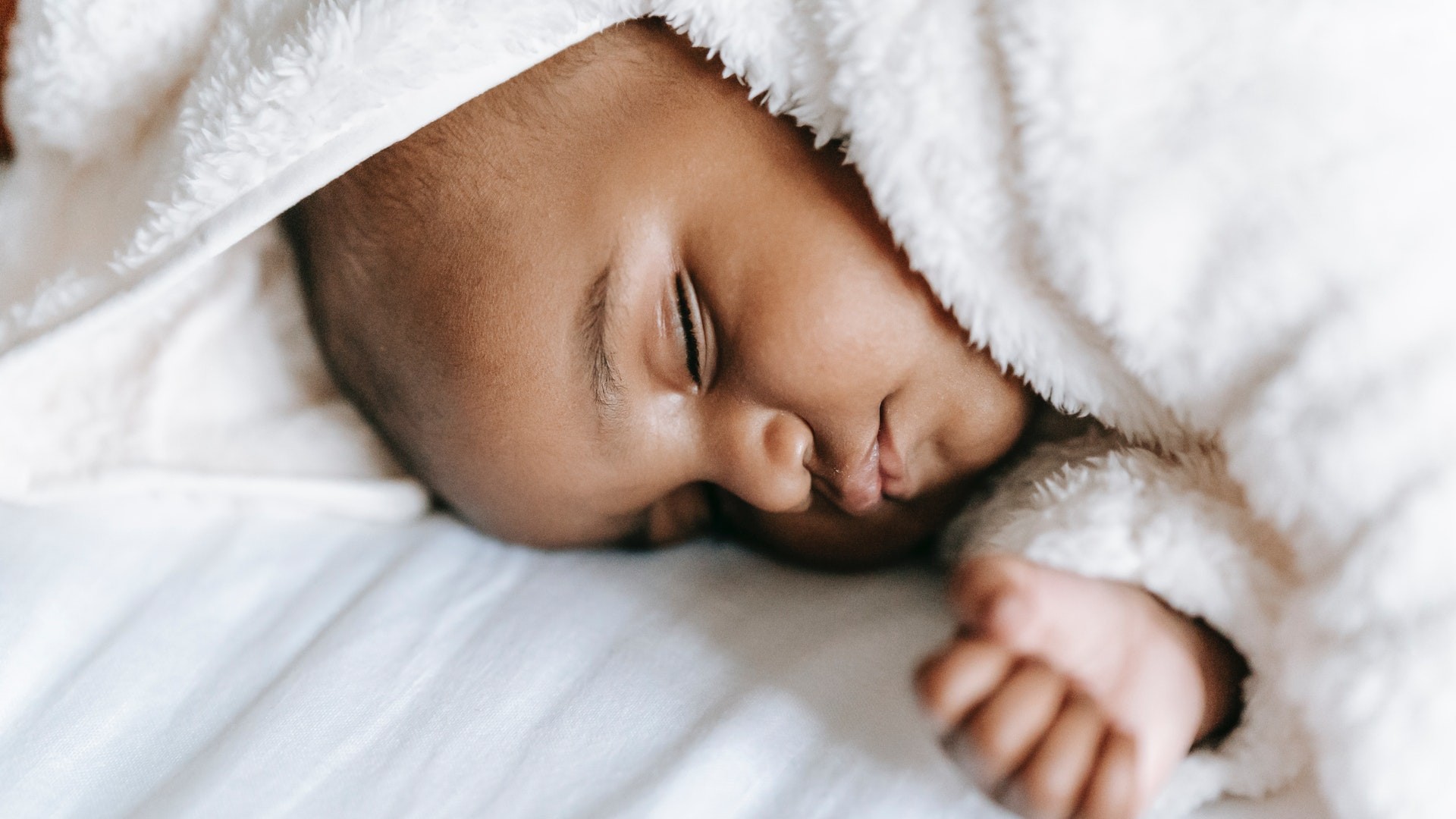
The first and most obvious point is that your child will need a series of different beds as they grow and develop, and each will need a mattress specifically sized for that bed.
Your baby's first mattress will need to be a cotbed mattress. They'll then move from a cot to a bed between 18 and 36 months. There’s no strict rule about when that should happen. But a sign they're ready for a bed is if your child has started climbing out of the cot, or if they’re toilet training and need to get to the toilet easily during the night.
At this point, you can either move your child to a single bed, or what’s known as a toddler bed. This is a smaller ‘halfway house’ bed, which typically measures 70 x 140cm compared to a standard UK single bed size of 90 x 190cm. Another option is to spend a transitional period where your child sleeps on their cot mattress, or a single bed mattress, on the floor. This can prevent them falling, and make them feel safer at night.
2. Firmness
Your child’s spine is constantly growing so it’s vital that it’s kept in a neutral sleep position – what’s known as good spinal alignment – during the night. For this reason, experts generally recommend a medium to medium-firm mattress for children. A soft mattress will not align their body properly, while firm mattress may be too uncomfortable for them to get a good night's sleep.
Sign up to the T3 newsletter for smarter living straight to your inbox
Get all the latest news, reviews, deals and buying guides on gorgeous tech, home and active products from the T3 experts
There’s also a practical reason to back up this choice. Like it or not, children don’t just use their beds for sleeping but also for jumping, bouncing, fighting, building forts, and more. And a soft mattress is going to withstand such a battering for much longer.
That said, firmness does ebb over time. And so, although many of us will have slept on a second-hand or hand-me-down mattress as kids, you really should make buying a new one a priority. Put simply, an old and sagging mattress will lack sufficient firmness for good spinal growth and good sleep quality overall.
Moreover, it’s recommended that you replace a child’s mattress every three years for three- to 10-year-olds, and every five years for 10- to 16-year-olds.
3. Bed wetting
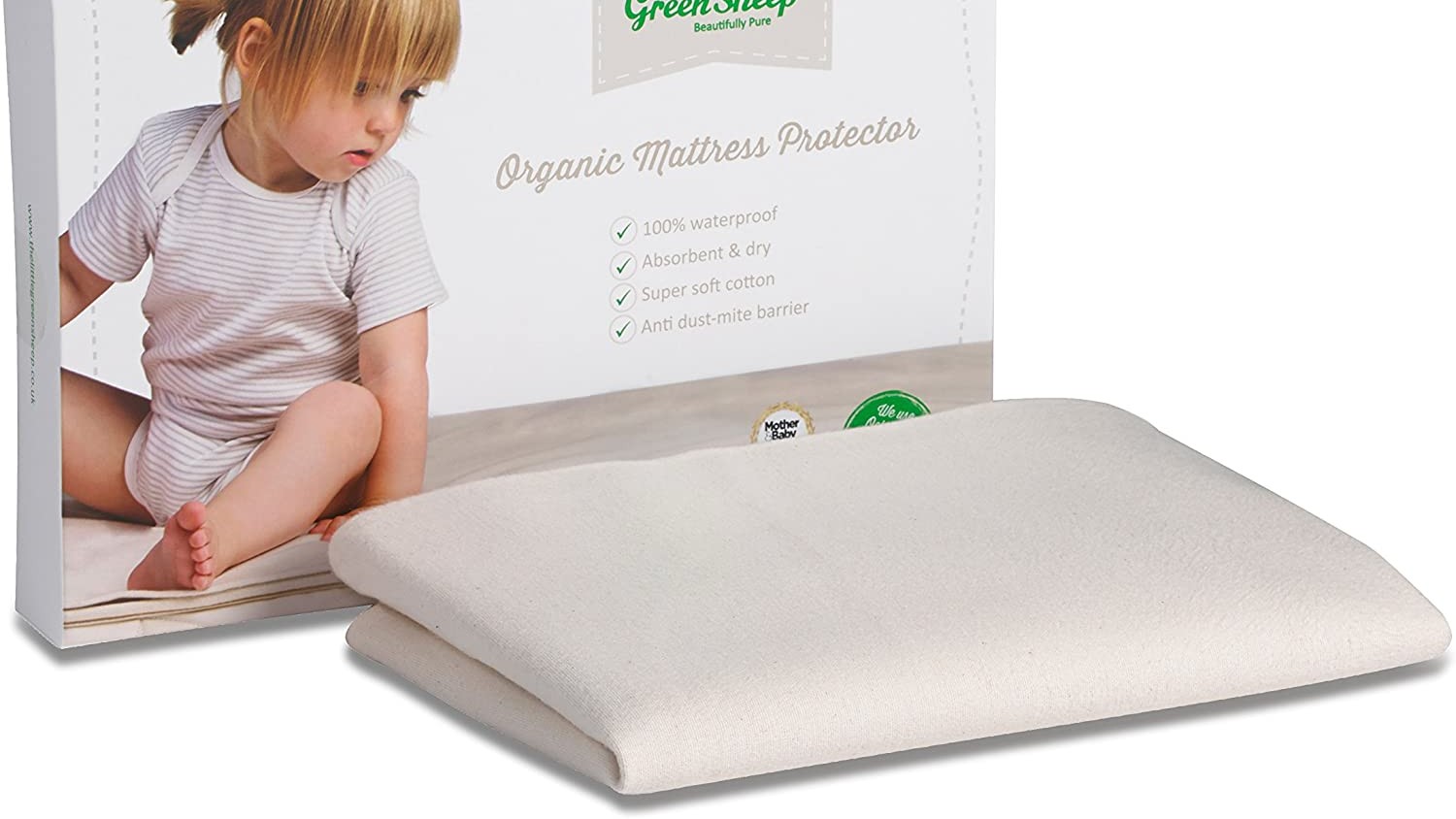
It’s common for children under five to wet the bed, and it can take some time for a them to learn to stay dry throughout the night. The best way to protect your mattress from bed wetting is to add a waterproof mattress protector. Mattress protectors have an elasticated skirt that neatly wraps around your mattress to protect it. A good one will feature three layers – an absorbent layer, a waterproof layer, and a top layer for comfort – and be easily removable and machine-washable.
4. Materials
What materials should your child’s mattress be made of? Opinion is divided on this, and so there's no universally agreed answer to this question.
Many experts believe that a sprung mattress is the best for providing good spinal alignment for your children, as well as being cooler and more breathable. Pocket sprung mattresses are more supportive, and therefore preferable, compared with cheaper open-coil mattresses.
If your kids tend to toss and turn a lot, however, a memory foam mattress may be better than a sprung one, as this material will keep them in a more stable position during the night. Another reason to avoid sprung mattresses is if your child suffers from allergies (although this could alternatively be mitigated by adding an antibacterial mattress protector).
Moreover, if your child gets hot at night, latex may be a better alternative than memory foam, despite being more expensive, as it is more breathable and naturally temperature-regulating.
Tom May is a freelance writer and author of the book, Great Ted Talks: Creativity. He has been editor of Professional Photography magazine, associate editor at Creative Bloq, and deputy editor at net magazine. He has also worked for a wide range of mainstream titles including Radio Times, NME, Heat, Company and Bella.
- Bethan Girdler-MaslenHome Editor
-
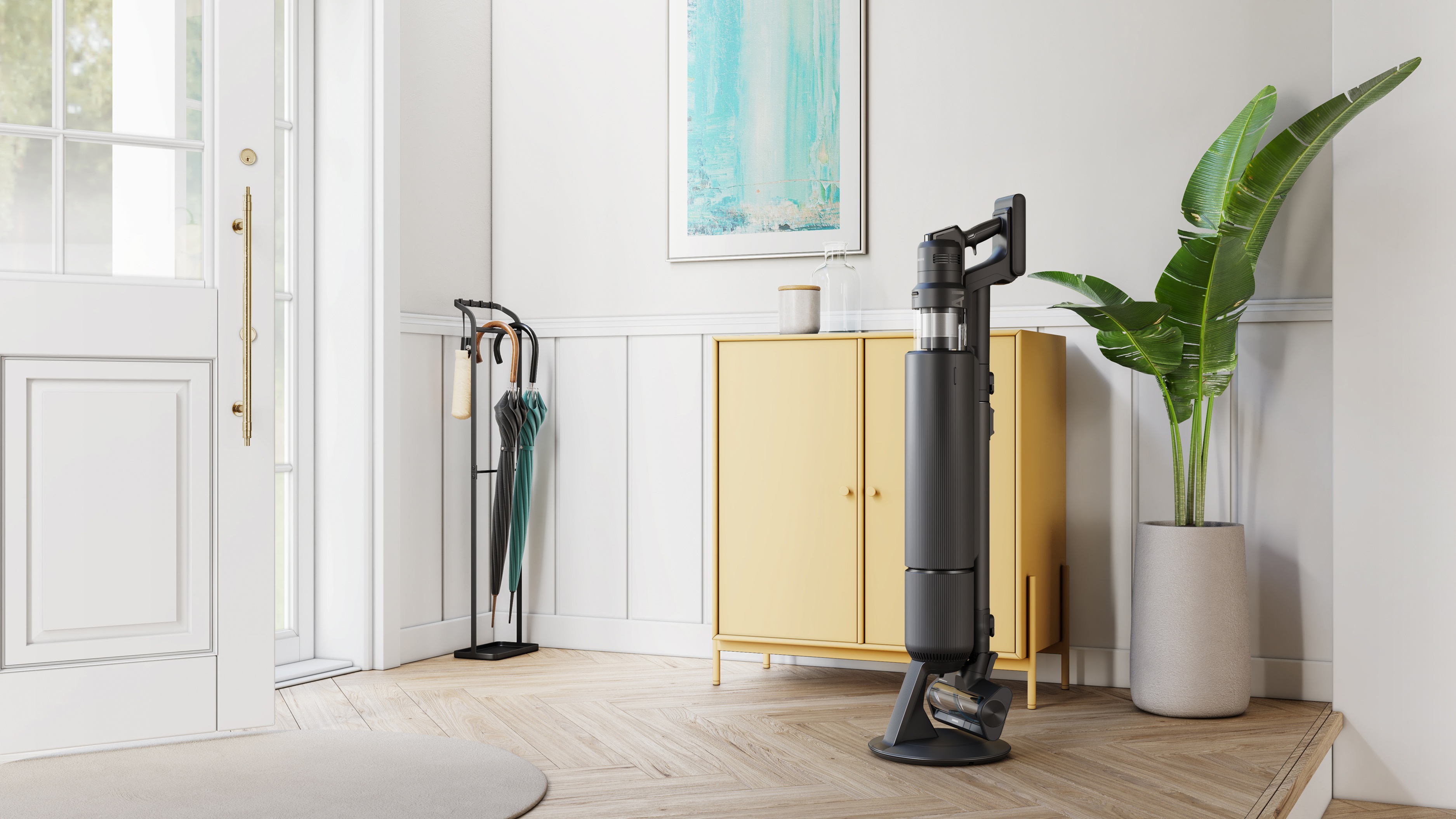 5 reasons you should be excited about the brand new Samsung Bespoke AI Jet Ultra
5 reasons you should be excited about the brand new Samsung Bespoke AI Jet UltraNot sure if it’s obvious... but I can't wait to try it
By Lizzie Wilmot Published
-
 These luxury private members’ clubs have their own race tracks
These luxury private members’ clubs have their own race tracksFrom the UK to the US and Japan, these are the world’s most exclusive race track members’ clubs
By Alistair Charlton Published
-
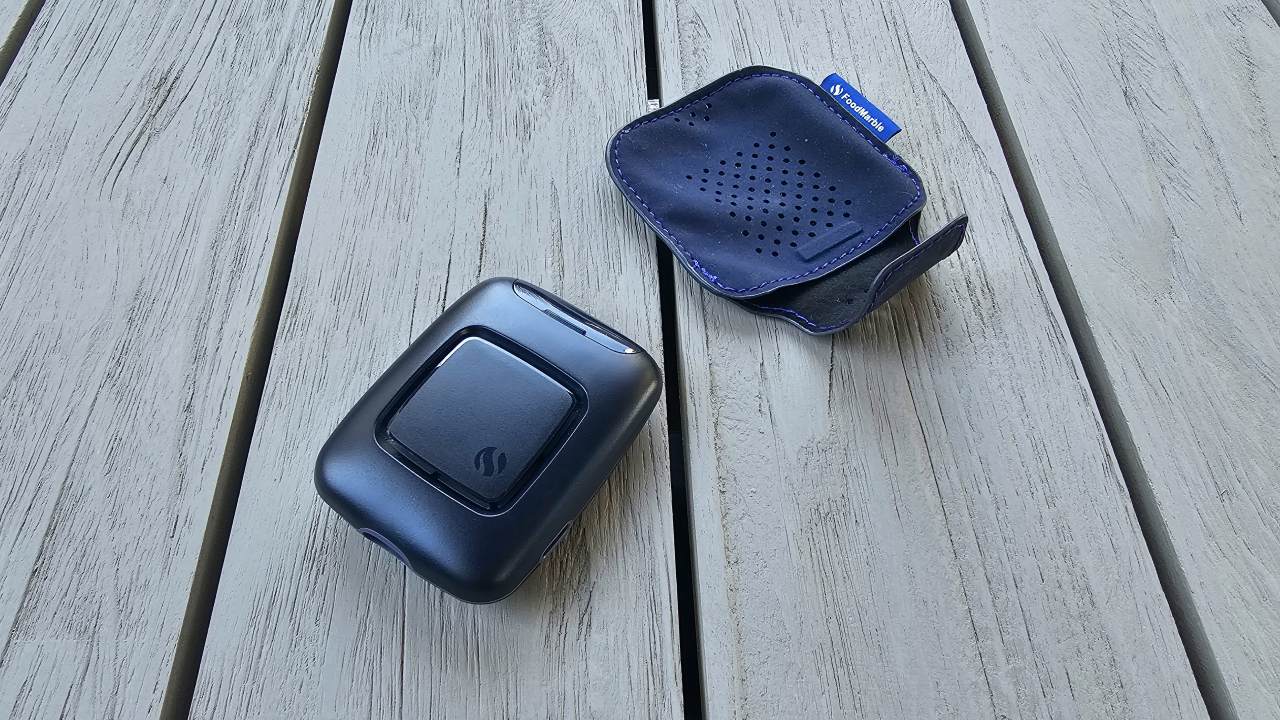 I spent 6 weeks with the FoodMarble Aire 2: here’s what I learned about my gut health
I spent 6 weeks with the FoodMarble Aire 2: here’s what I learned about my gut healthI’ve been testing the clever breath-testing gadget with the companion app over several weeks to find out if it delivers on its promises
By Lee Bell Published
-
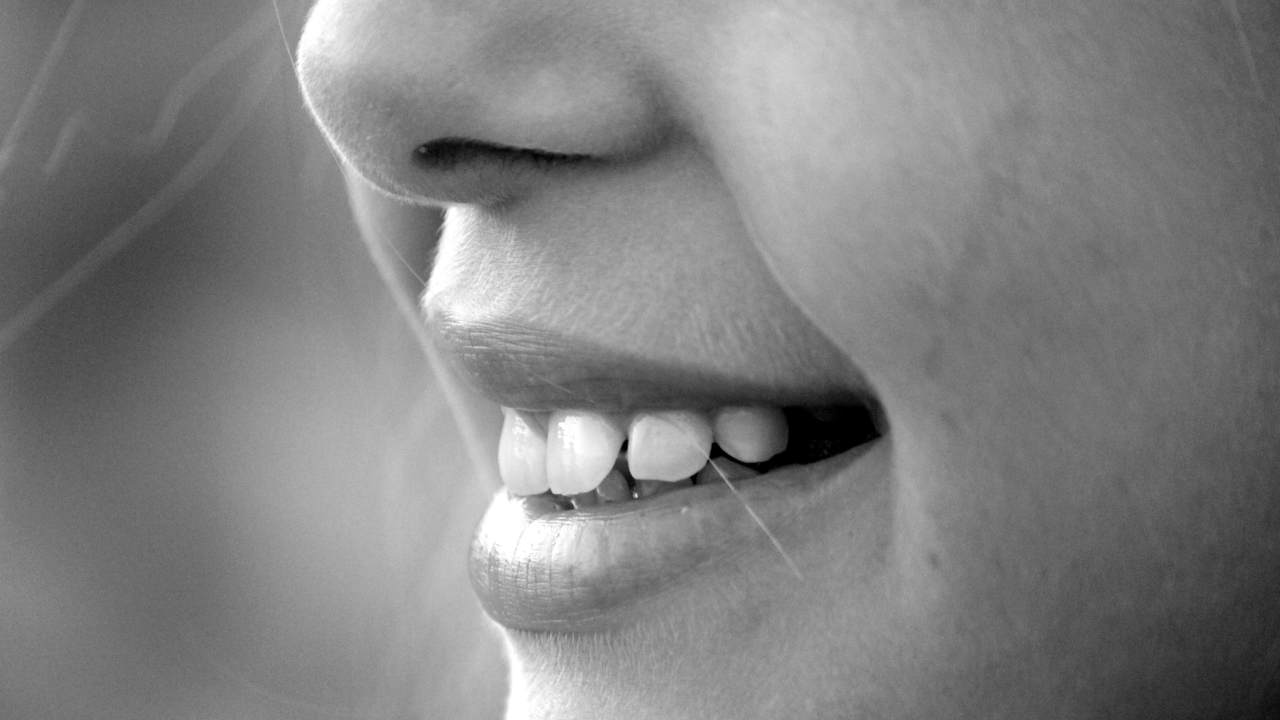 Oil pulling is going viral on TikTok for stopping morning breath – but does it actually work?
Oil pulling is going viral on TikTok for stopping morning breath – but does it actually work?4 hacks that prevent morning breath, according to a sleep expert
By Bethan Girdler-Maslen Published
-
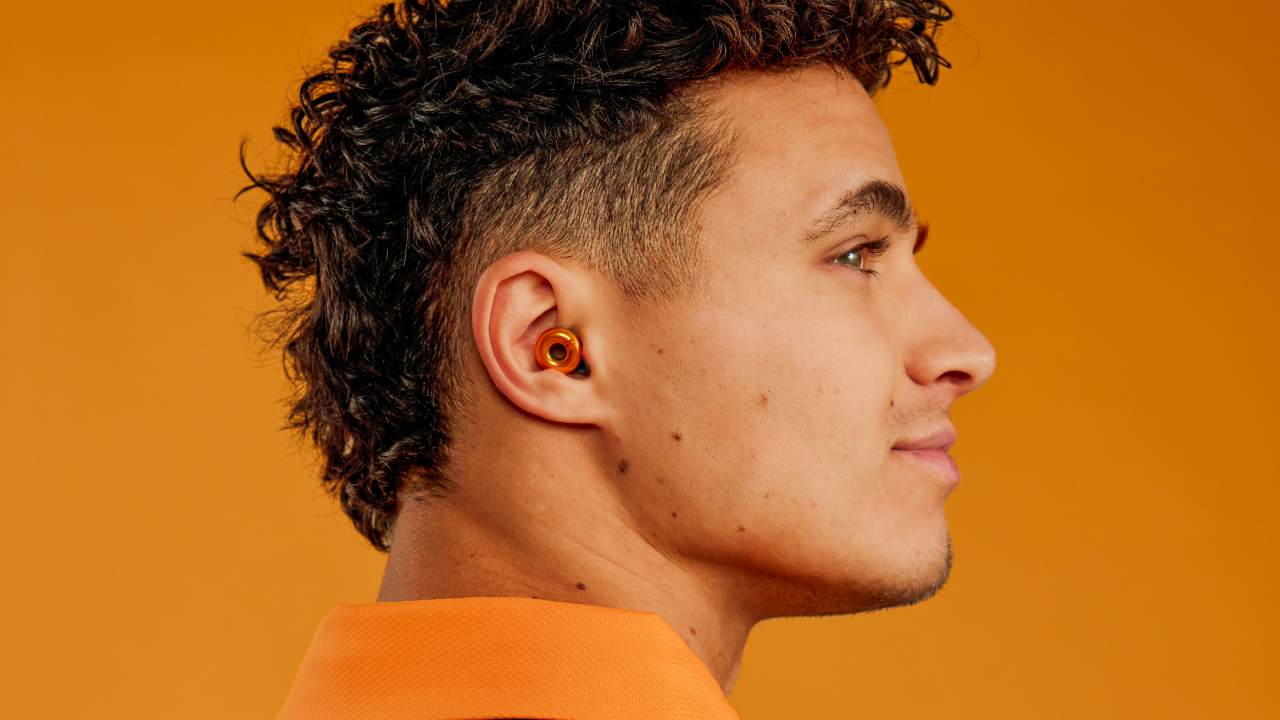 These limited edition McLaren x Loop earplugs are what you need for Formula 1 season
These limited edition McLaren x Loop earplugs are what you need for Formula 1 seasonMcLaren teams up with Loop on limited edition noise-reducing earplugs
By Bethan Girdler-Maslen Published
-
 5 sleep supplements that help me achieve 8+ hours of rest every night
5 sleep supplements that help me achieve 8+ hours of rest every nightIt took me years to perfect my sleep routine – here are the supplements that helped
By Lizzie Wilmot Published
-
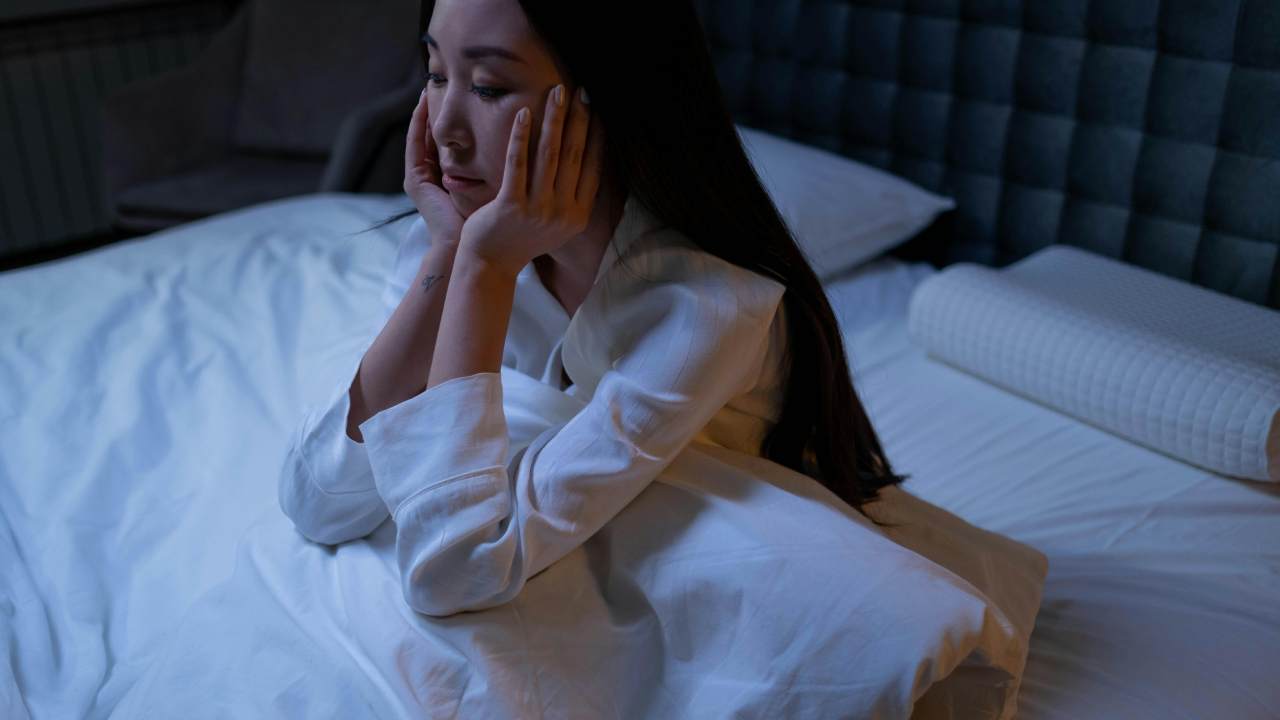 3 reasons why you wake up at 3am every night – and how to avoid it
3 reasons why you wake up at 3am every night – and how to avoid itAlways waking up in the middle of the night? This could be why…
By Bethan Girdler-Maslen Published
-
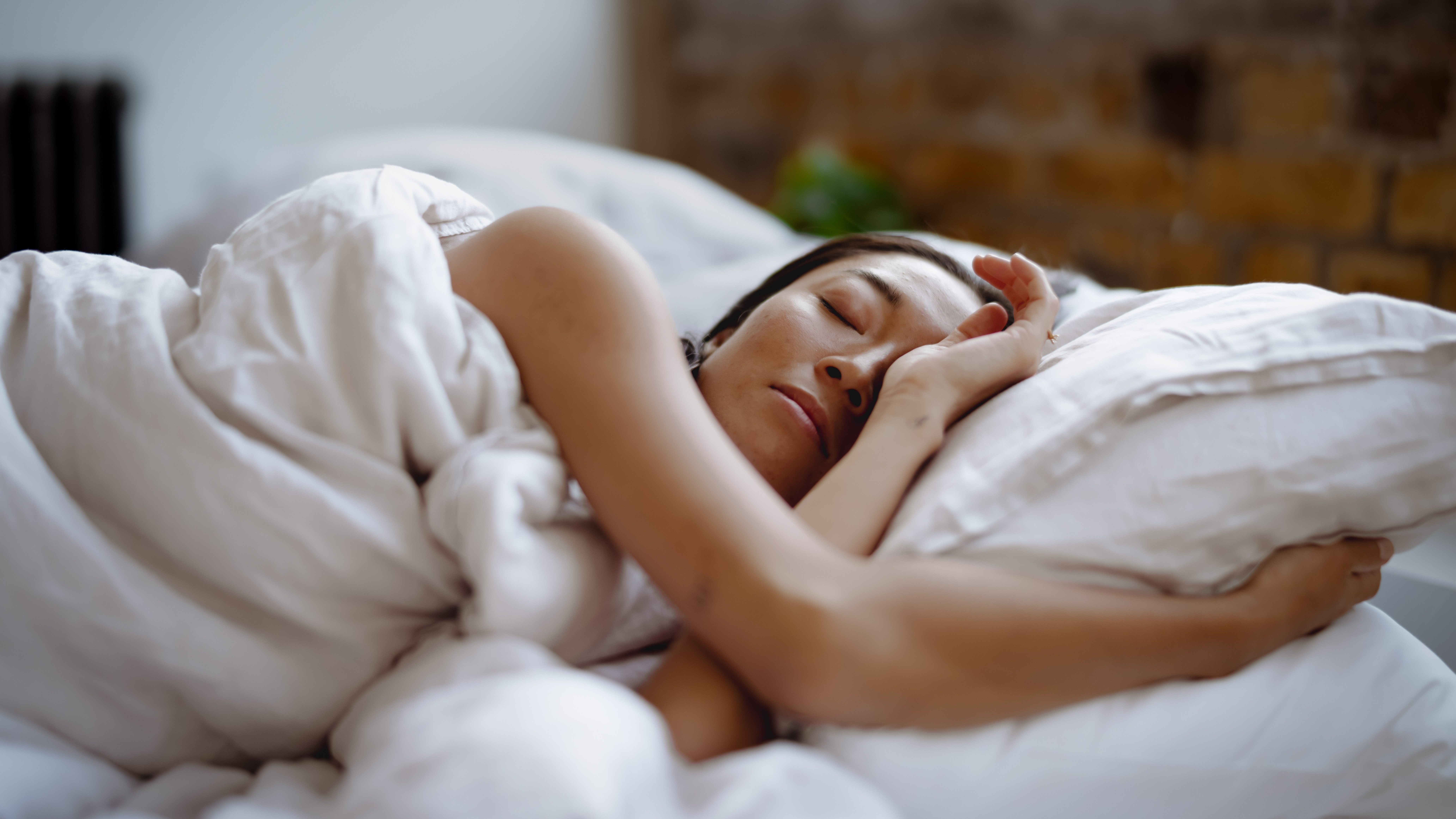 This tiny device will automatically disable your distracting apps before you sleep
This tiny device will automatically disable your distracting apps before you sleepSay hello to Kip...
By Lizzie Wilmot Last updated
-
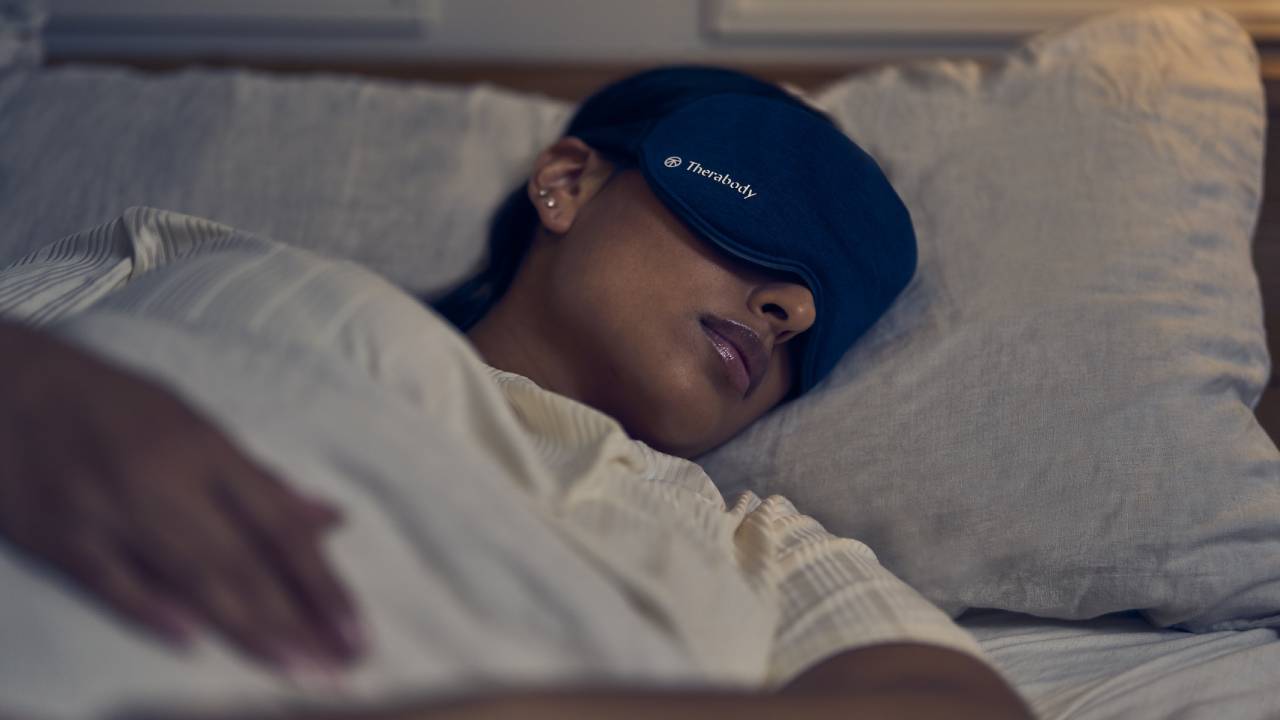 Therabody experts give 7 tips for perfecting your sleep routine for World Sleep Day
Therabody experts give 7 tips for perfecting your sleep routine for World Sleep DayFrom breathing exercises to sleep masks, here’s how to prioritise sleep, according to experts
By Bethan Girdler-Maslen Published
-
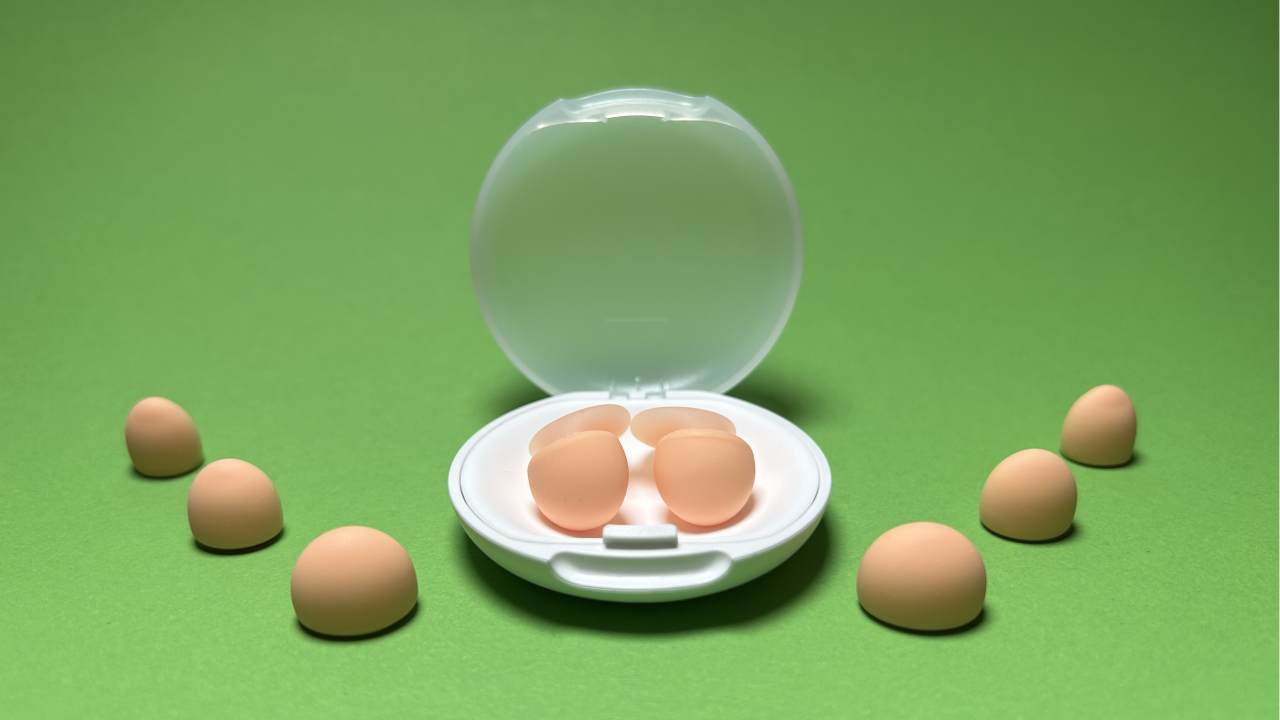 Loop Dream review: super soft earplugs to help you snooze soundly, even if you’re a side sleeper
Loop Dream review: super soft earplugs to help you snooze soundly, even if you’re a side sleeperSquishy silicone and uniquely shaped ear tips take Loop’s nighttime earplugs to dreamy heights
By Joanna Ebsworth Published